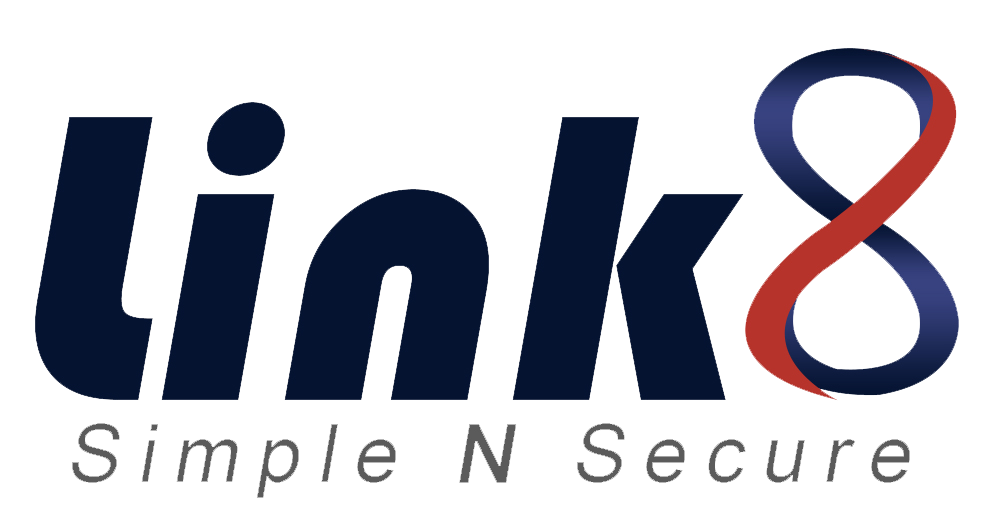The Digital Transformation of Buying Agents and Buying Houses: How Technology is Revolutionizing the Industry
Buying agents, buying agencies, and buying houses play essential roles in the business world, especially in international trade and sourcing. These entities act as intermediaries or representatives on behalf of businesses that wish to purchase goods or products from suppliers, often located in different regions or countries.
These entities are particularly valuable for businesses seeking to source products from global markets, as they bring expertise, local knowledge, and industry connections to the table. They help businesses streamline their sourcing processes, negotiate favorable terms, and ensure the quality and timely delivery of products. As technology continues to play a significant role in procurement, buying agents, agencies, and houses are increasingly leveraging digital tools and platforms to enhance their services and stay competitive in the ever-evolving business landscape.
Here’s an overview of the traditional practices and challenges in the buying agents, buying agencies, and buying houses industry:
Traditional Practices:
- Limited Visibility: Traditional sourcing practices often lacked transparency, making it challenging to track the status of orders, manage vendor relationships, and ensure product quality.
- Time-Consuming Vendor Selection: The process of identifying and evaluating potential suppliers was time-consuming, requiring extensive research and in-person visits.
- Paper-Based Documentation: Procurement and order management were often based on paper documents, leading to inefficiencies, errors, and delays.
- Quality Control Challenges: Ensuring product quality and conducting inspections could be challenging, as it required physical presence at supplier facilities.
- Communication Gaps: Communication with suppliers and between team members involved back-and-forth emails, phone calls, and faxes, leading to potential miscommunication and delays.
Challenges in the Industry:
- Quality Control Issues: Ensuring consistent product quality across various suppliers and regions was challenging without standardized processes and quality control mechanisms.
- Vendor Management: Managing relationships with a multitude of suppliers could be overwhelming, leading to challenges in vendor performance monitoring and improvement.
- Data Inefficiencies: The lack of centralized data repositories and software solutions resulted in data silos, making it difficult to analyze data for decision-making.
- Increasing Competition: The growing competition in the global sourcing industry required businesses to continuously improve their practices and differentiate themselves in a crowded market.
Technology’s Role in Addressing Challenges:
The adoption of collaborative sourcing software solutions and other technological advancements has been instrumental in overcoming these traditional challenges. These technologies have enabled buying agents, agencies, and houses to streamline procurement processes, enhance communication, improve quality control, and gain better visibility into their sourcing operations. As a result, they are better equipped to navigate the complexities of global sourcing and offer more efficient and effective services to their clients.
Technological advancements have significantly reshaped the role of buying agents in the procurement and sourcing industry. Here are several ways in which technology has transformed and enhanced the buying agent’s role:
- Streamlined Communication:
- Real-time communication helps in clarifying requirements, negotiating terms, and addressing issues promptly.
- Centralized Procurement and Order Management:
- Cloud-based procurement software provides a centralized platform for managing purchase orders, contracts, and other critical documents.
- This centralization ensures easy access to data, reduces the risk of document loss, and streamlines order management.
- Quality Control and Inspection:
- Technology allows buying agents to schedule and track product inspections more efficiently.
- Mobile applications and digital checklists facilitate on-site inspections, and results can be shared instantly with clients.
- Data Analytics and Forecasting:
- Advanced data analytics tools enable buying agents to analyze historical data and market trends.
- Predictive analytics help in making informed decisions about procurement, such as identifying cost-saving opportunities and optimizing sourcing strategies.
- Real-Time Tracking and Monitoring:
- Technology enables real-time tracking of shipments and order status.
- Buyers and clients can receive automated updates on the status of orders, ensuring transparency and reducing the risk of delays.
- Cost Savings and Process Efficiency:
- Automation and software solutions reduce manual and time-consuming tasks, increasing overall efficiency.
- Digital tools help buying agents optimize their procurement processes, resulting in cost savings for clients.
- Risk Management and Compliance:
- Technology assists in identifying and mitigating risks in the sourcing process.
- Buying agents can use data and software to monitor vendor performance, assess reliability, and ensure compliance with regulations and standards.
- Mobile Accessibility:
- Mobile apps allow buying agents to access critical information and communicate with clients and suppliers on the go.
- This mobility ensures that agents can be responsive and agile in their roles.
- Custom Reporting:
- Technology offers the ability to generate customized reports based on specific client needs.
- These reports provide clients with valuable insights and data for strategic decision-making.
Conclusion
In the ever-evolving landscape of sourcing and procurement, the role of buying agents, buying agencies, and buying houses is undergoing a profound transformation. Technology has emerged as the driving force behind this revolution, enabling these entities to offer more efficient, transparent, and strategic services to their clients.
From efficient vendor discovery and streamlined communication to real-time tracking and data-driven decision-making, technology has revolutionized every aspect of the buying agent’s role. The adoption of collaborative sourcing software solutions and other technological advancements has empowered buying professionals to navigate global markets, mitigate risks, and optimize procurement processes.
As the procurement and sourcing industry continues to evolve, it’s clear that technology will remain at the forefront of this transformation. The future holds even more promising innovations, and those who adapt and leverage technology will undoubtedly thrive in this dynamic business landscape.


